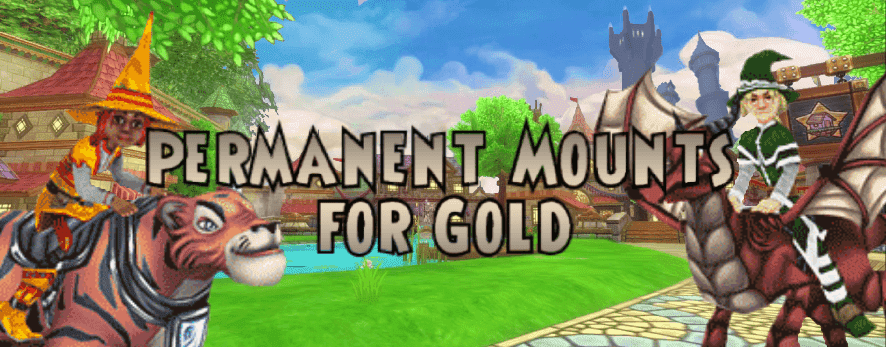Tag: wizard
-
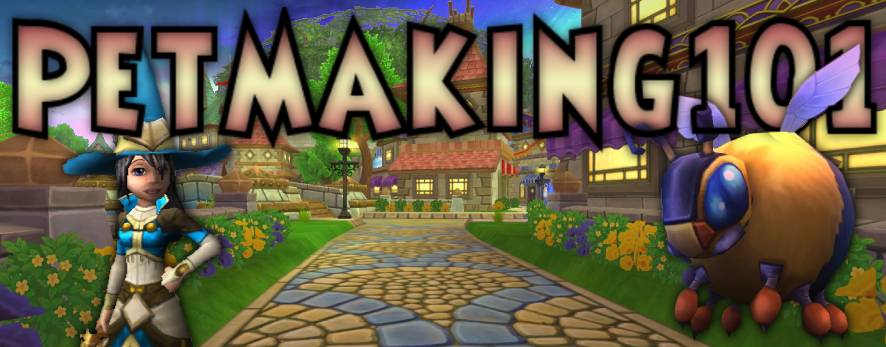
Petmaking 101
•
Where to Start The first step of the hatching process is to determine what your end goal is. If you don’t have specific talents in mind, it will be hard to know when you have finally trained your dream pet. If this is your first pet, I recommend going for…
-

Member Benefit Tier List!
•
Everyone loves a good old-fashioned tier list! Everyone loves Wizard101 member benefits! Why not combine the two and create our very own Member Benefit Tier List! I will list all the member benefits under a category, starting at D being the worst and finishing in the S tier being the best. Please note that…
-
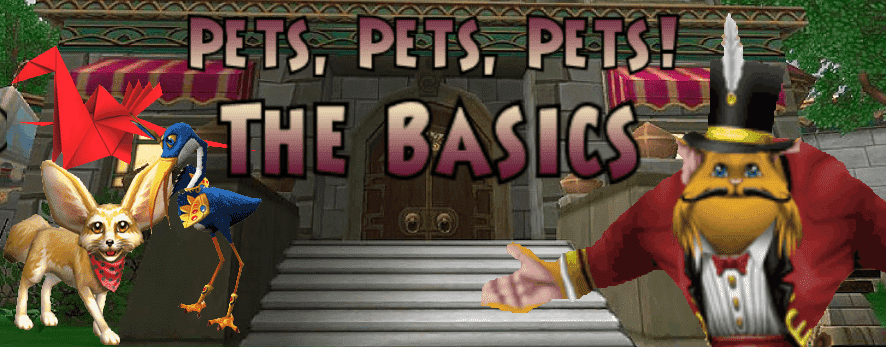
Pets, Pets, Pets! Basics
•
To begin with pets in the spiral there are a few things you need to do first. This article is meant to help you figure out where to begin being a pet owner in game. 1. Plant a garden! I know, you thought this article was about pets, well it is.…
-
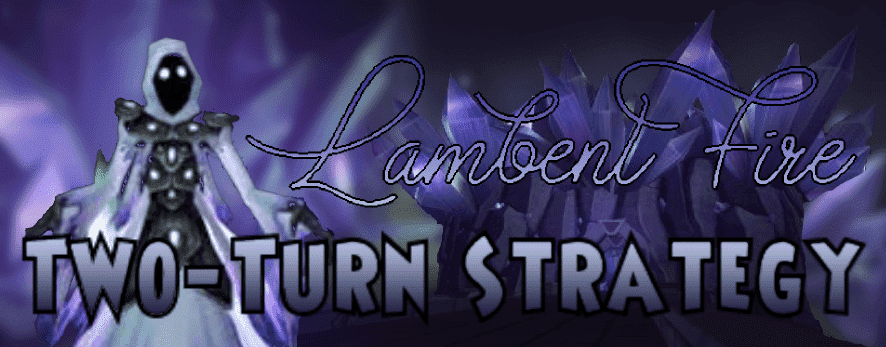
Lambent Fire: 2 Turn Farming Strategy
•
Lambent Fire Lambent Fire is a Stone Skeleton Key Boss that is found in Crystal Caves – Avalon. He drops the Burning Rampage spell, which is highly sought-after by many fire wizards. Unfortunately, his cheats work conveniently well to make the battle harder specifically for fire. Main Cheats & Common…
-
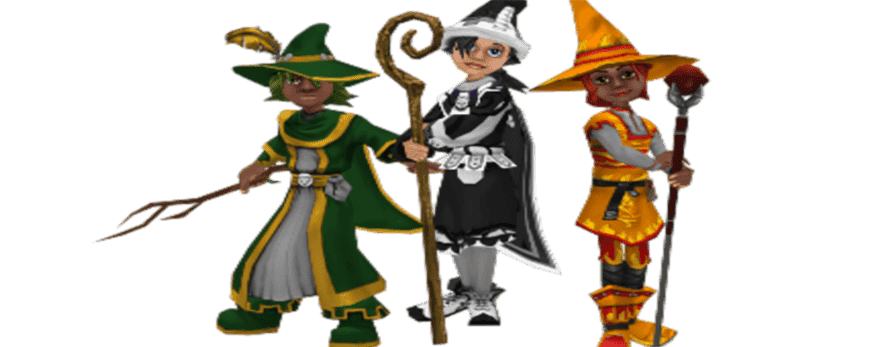
Level 5 Gear Guide
•
Gear choices can be a little bit confusing for a new Wizard sometimes. Here is a guide to help you understand your options and help your level 5 wizard be the best it can be. For 585 gold your level 5 wizard can buy the helm, robe, and boots shown here…
-
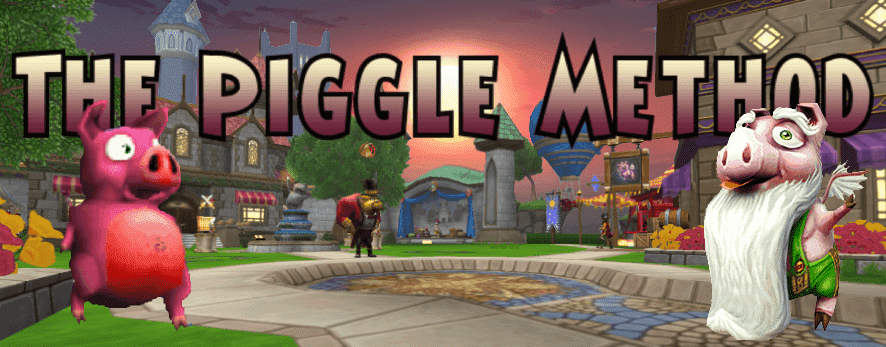
Copying a Pet Using the Piggle Method
•
So, you want to make a great pet for questing? Unless you’re an experienced pet hatcher, I recommend that you copy a pet from the Hatchmaking Kiosk. Before you get started, make sure you have a full garden of Couch Potatoes and Evil Magma Peas for a good supply of pet snacks and…
-
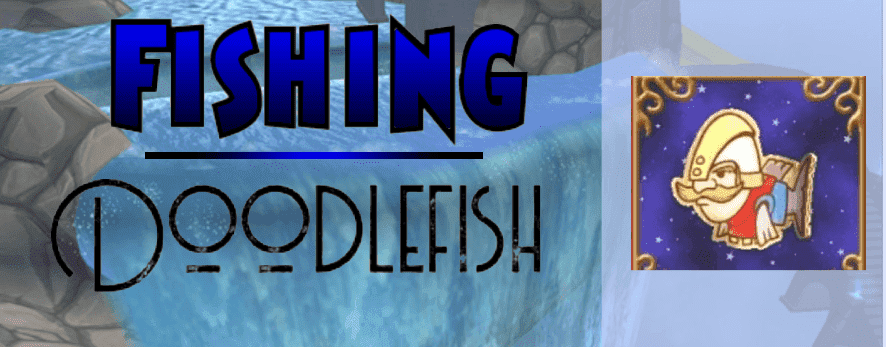
Catching the Guard Doodlefish
•
Every Monday morning the weekly tournament fish changes. There are secrets that many Wizard101 fishing lovers don’t know. I want to share my experiences with you and travel together exploring the fantastic world of wizard101 tournament fishing! the Guard Doodlefish School Balance | Rank 1 | Common/Regular | 1,500 XP…
-
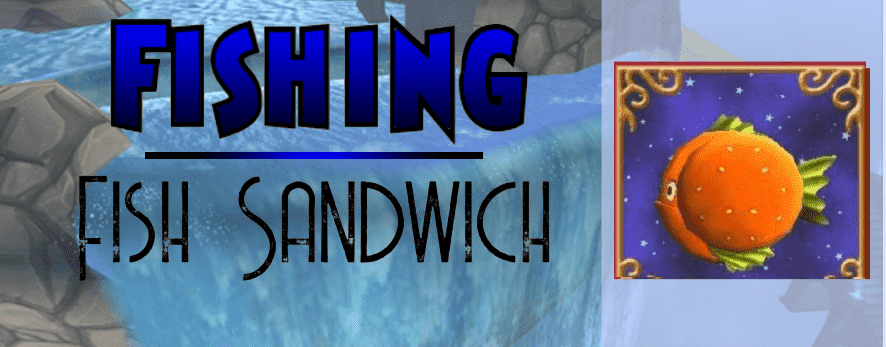
Catching the Fish Sandwich
•
Every Monday morning the weekly tournament fish changes. There are secrets that many Wizard101 fishing lovers don’t know. I want to share my experiences with you and travel together exploring the fantastic world of wizard101 tournament fishing! This week we have the Fish Sandwich: School Myth 1 | Rank |…
-

How to Win: Fishing Tournament
•
Every Monday morning a new fish is out there for us to catch fishing tournament. When you catch one of the right size, the game will ask if you want to enter that fish in the tournament. If your answer is Yes, it will remove it from your fish basket…
